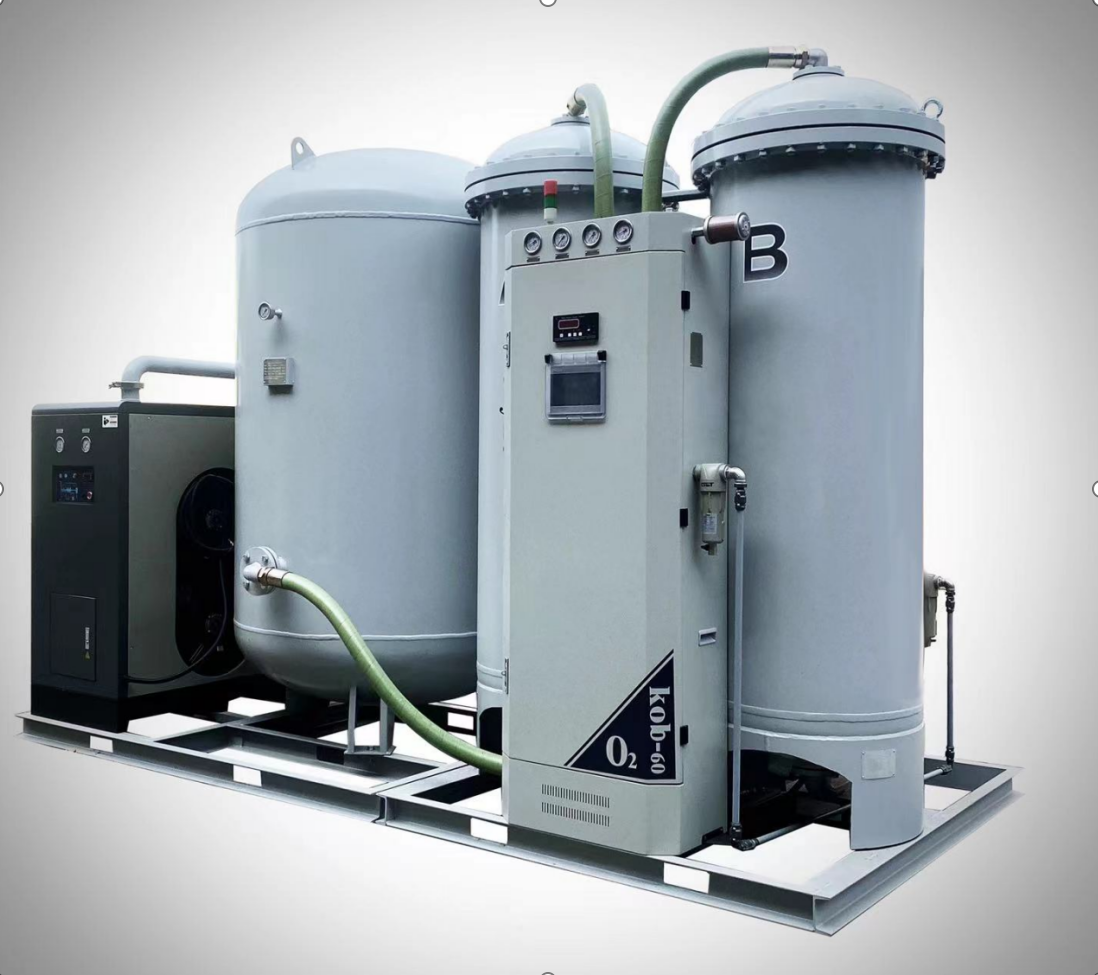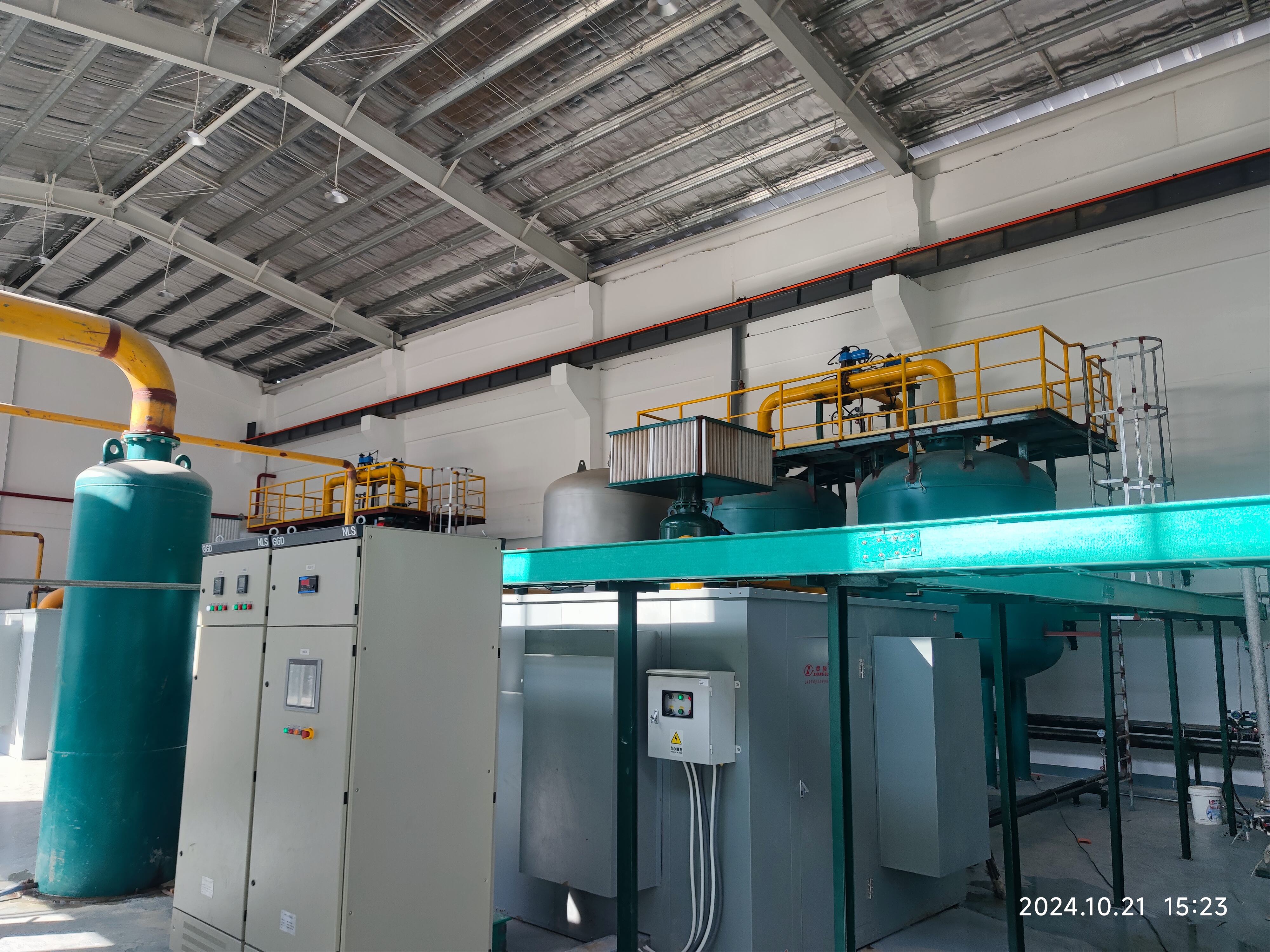сорбция кислород станциясы
Сорбциялық кисөрет өсу жабдықтары газ бөлінудің технологиясындағы инновациялық шешімді түсіндіреді, әдеттең ауыстың ішінен жоғары тазалықты кисөрет өту үшін Басықтың Ауыстыру Сорбциясы (PSA) принципін пайдаланады. Бұл құрылғылар молекулалық сорбенттерді пайдаланады, олар нитрогендің молекулаларын таңдау арқылы қосымша етеді, ал кисөрет өтуге рұқсат етеді, сонымен қатар кисөрет концентрациясы 95%-ке дейін жетуге болады. Жабдық циклік процестің арқылы жұмыс істейді, мұндағы басықталған әдеттең ауысы сорбент ложементтері арқылы өтеді, бұлар нитрогенді қосымша етеді, ал кисөрет азашып өтеді. Система альтернативті циклдерде жұмыс істейтін көптеген контейнерлерден тұрады, бір ложемент регенерациясына өтken уақытта кисөрет өсу үшін үздік түрде жұмыс істейді. Кез келген уақыттағы сорбциялық кисөрет өсу жабдықтары қызметтер параметрлерін оптималастыруға, басықтық деңгейлерін көздейтуге және автоматты түрде жылжыту дебіттерін регулиру бойынша қажетті системаларды қамтамасыз етеді. Бұл жабдықтар әртүрлі отрасльдерде кеңінен қолданылады, сондай-ақ денсаулық сақтау обьектілерінде, теңіз өндірістерінде, стекло өндірістерінде және су тазарту жүйелерінде. Модульдік дизайн масштабтауға мүмкіндік береді, бұл салдардың әртүрлі өлшемдегі медициналық фасилитеттері мен көп өндірістік операциялар үшін қатысты болады. Бұл технология кисөрет өту үшін маңызды тиімділік демалайды, тек электр энергиясы мен әдеттең ауы болатын кірістік ресурстарға қажет.


